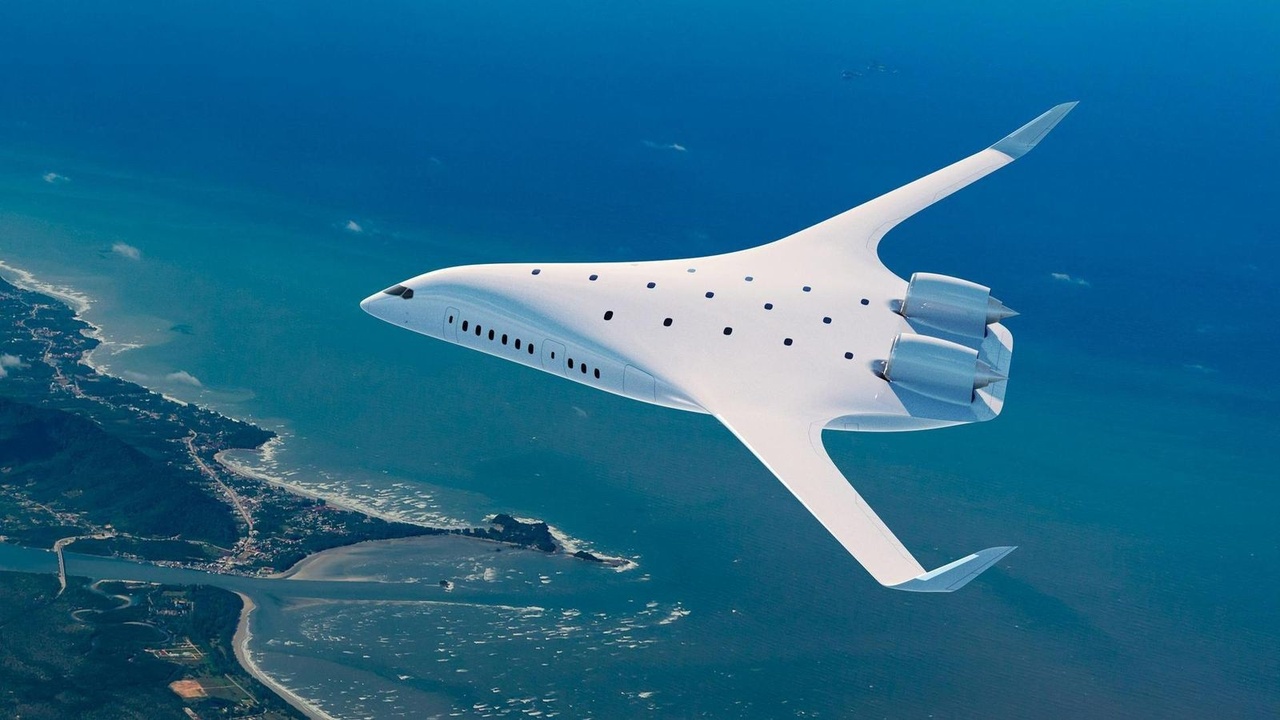Siemens and JetZero are focusing on innovation: together they are developing a revolutionary ray-shaped aircraft that is designed to increase fuel efficiency by 50 percent. The highlight: in future, it could be fueled with hydrogen and fly emission-free.
Aircraft are among the biggest CO2 emitters in the transport sector. However, as in the automotive industry, a rethink is also beginning in the aviation sector. More and more companies are planning aircraft that consume significantly less kerosene and therefore also emit less CO₂ into the atmosphere.
The technology group Siemens and the aircraft manufacturer JetZero are now on the verge of the big time. At the Consumer Electronic Show (CES) in Las Vegas, they presented the concept for a new aircraft that will consume significantly less fuel and can be fueled with emission-free hydrogen.
New design for lower consumption
The aircraft will be a fuel-saving miracle thanks to a completely new design. It is built in a so-called "blended wing" design. This means that the wings merge seamlessly into the fuselage, resulting in a shorter and wider fuselage. The advantage: the aircraft has a lower weight and improved air resistance, which leads to fuel savings of up to 50 percent compared to conventional aircraft. As the new design also allows smaller engines to be installed, the new aircraft still offers space for 250 passengers. The range is expected to be 9,250 kilometers.
The idea of a blended-wing aircraft is not new. It has existed for more than 100 years and was first described by Russian pilot Nicolas Woevodsky. Many military aircraft are equipped with blended wings. However, the idea has not yet found its way into civil aviation.
New aircraft to take off in 2030
By working with Siemens, JetZero hopes to be able to really step on the gas in the production of the aircraft. The ambitious plan is for the first model to roll out of the hangar and onto the runway as early as 2030. In order to achieve this, Siemens and JetZero are working with a digital twin. This involves creating an exact copy of the planned design on the computer. Artificial intelligence will help to quickly improve the aircraft so that it can be produced in just a few years. However, the factory hall in which the aircraft will be manufactured has yet to be built. So far, JetZero has only signed agreements with suppliers to provide the necessary components. However, initial testing is set to begin as early as 2027.

